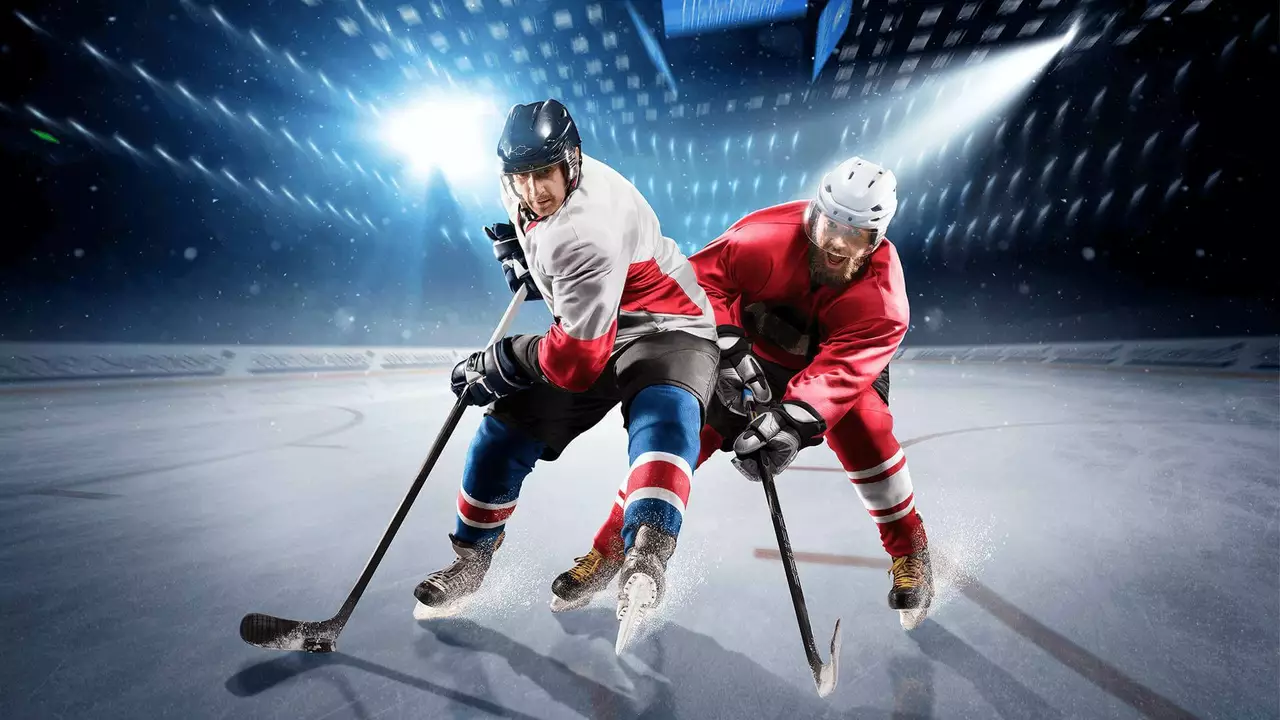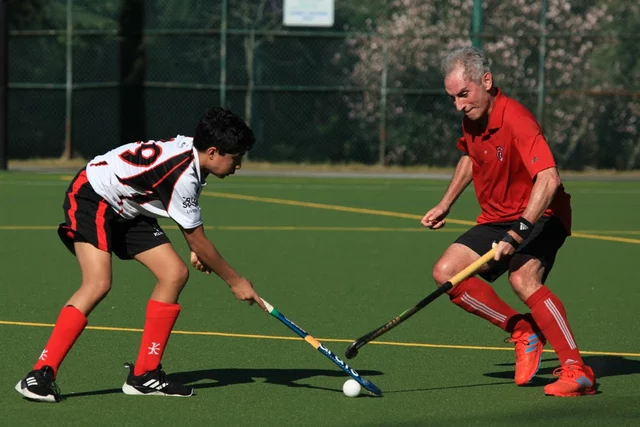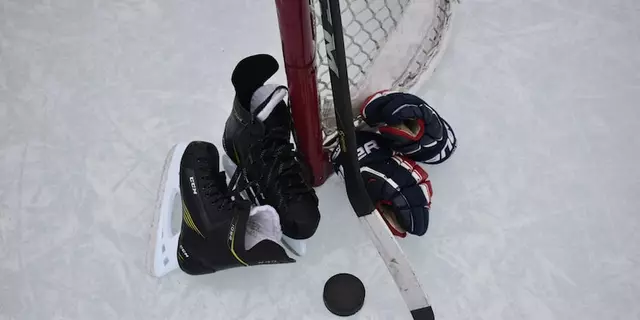Unraveling the Mystery of the Backpass
If you've ever found yourself entranced by the fast-paced world of ice hockey, you might have encountered an intriguing maneuver known as a backpass. I have been on the rink many times and have come to realize that the backpass is not just another pass. It’s a performance, a dance, a game changer. The backpass, my friends, is an art.
When defined in its simplest terms, a backpass is a hockey play where one player on offense passes the puck backwards or laterally to a teammate. The catch? The puck has to travel towards the home goal, rather than the opponent's. It's a slick move, it's risky, and it requires a dash of strategy and a pinch of synchronicity. And let me tell you honestly, if ice hockey was chess, the backpass would be its queen - versatile, powerful, and critical in outflanking your opponent.
Despite its convenience, executing a backpass isn't as simple as it seems. There's the obvious challenge of passing the puck without looking, relying only on your spatial awareness and the familiar humming of the rink to guide you. But trust me, with time, practice, and no shortage of falling on your rear end, you'll get there.
Why the Backpass Holds Power
A question may buzz in your mind: Archer, why should anyone bother with a backpass? Well, the beauty of the backpass lies in its unpredictability. Hockey is a game of moments seized and opportunities created. When I was just a kid, my coach used to tell me that 'if you can't go through them, confuse them.' These are words I've come to live by.
Adding a backpass to your on-ice repertoire opens doors inviting opportunity and chaos in equal measure. It can create openings in the opponent's defense, catch the goalie off guard, and conjure opportune scoring chances out of thin air. As much as it offers tantalizing offensive upsides, it also introduces a risk of potential turnovers and swift counterattacks. The key here is to weigh the pros and cons and decide when the risks would justify the reward.
If you're thinking that the backpass sounds like the secret sauce to a champion team, you're on the right track. Varying your passing keeps your opponents guessing and your tactics fresh. Isn't that a great way to stay unpredictable on the rink and catch your opponents off guard?
The Art of Mastering the Backpass
So how does one go about mastering this spectacle, this head-turner, this backpass? Well, practice and more practice. I know, I can hear some of you groaning ‘Again with the practice, Archer!’ But honestly, it's the only secret. There are no shortcuts to mastering a backpass. You’ve got to lace up those skates, hit the ice, and keep passing until your hands know the puck as intimately as the back of your own hand.
However, let me share some tips that might help. When performing a backpass, your body language plays a vital role. You’ve got to sell the idea to your opponents that you're going one way when you're really hooking your teammate up the other way. Just throw them a miscue and voila – you've got yourself a successful backpass. Subtle body movements and shoulder dips can work wonders for misdirection.
Reflections on my Backpass Adventure
My journey with the backpass started when I was part of my high school team. I remember my breakthrough moment. It was during a match and we were on the receiving end of a rather brutal onslaught. With the opponent's defense clustered around me, a beacon of hope - or in this case, my teammate - was left unmarked. It was as though the fabled hockey gods had cleared a path for me.
Without looking, fueled by both intuition and desperation, I sent a surprised backpass his way. Time seemed to slow down as the puck slid flawlessly directly onto his stick. He took his shot, and the crowning glory was ours. The crowd erupted into a cheer that I can still hear, years later. That was the moment that made me truly appreciate the power and potential of the humble backpass.
My journey is testament to the fact that the backpass needs practice, patience, and a sprinkle of spontaneity. And believe me when I say, the satisfaction when you get it right is worth every puck to the face, every broken skate, every minute spent on the ice when your friends are at a cozy pizza place. A backpass may not seem like much but to me, it's a symbol - it's definitive proof that oftentimes, in hockey and in life, it’s not just about looking forward but also knowing when to pass it backward.




